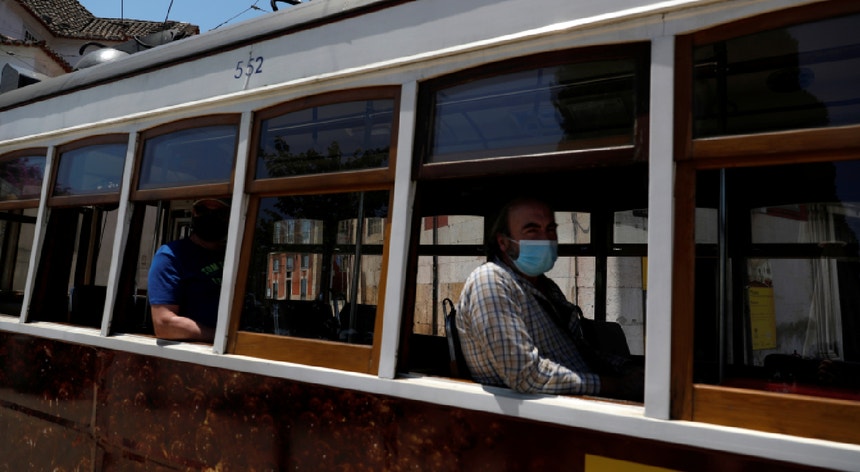When former PvdA leader Diederik Samsom spoke in 2011 about an ethnic monopoly of Moroccan riot youth on nuisance, he street coach experienced the inviolability and terror of these boys up close for a year.
Samsom saw the absence of respect for the police and fellow man and spoke of a ‘disconcerting experience’.
His party colleague Hans Spekman had preceded him in that bewilderment. Three years earlier, Spekman spoke to Vrij Nederland about his time as an alderman in Utrecht. About his experience with it misconduct of Moroccan youth in that city.
Spekman’s aversion was emphatically the consequences of the misconduct for the rest of the Moroccans. The young people who want to be good, but because of the behavior of this specific group are confronted with prejudice and discrimination.
But what made the most news of that interview was Spekman’s idea of making public humiliation the main part of the solution.
–
–
‘Traditional assistance is of no use in this group’, was Samsom’s conclusion. ‘The approach must be tougher, clearer and earlier.’ These boys should be accountable to their neighbors and family for their misconduct and be pelted with shame.
The street terror that Samsom and Spekman brought up – and in which they agreed with Geert Wilders – was nothing more than what ordinary citizens had suffered from for twenty years. And which made it onto the political agenda for the first time thanks to Pim Fortuyn.
Fortuyn, the one before that – by action groups and then D66 leader Thom de Graaff – was denounced as racist and Nazi to death.
The unorthodox approach of Samsom and Spekman did not make it.
Instead of shame and accountability, the perpetrators and their actions were increasingly anonymised. The police, local administrators and also the press spoke less and less of Moroccan troubled youth, but of ‘young people’, ‘teenagers’ or ‘agitators’.
Moroccan troubled youth, for example, steadily disappeared from official and journalistic reporting. Obviously a conscious choice on the grounds of wanting to combat the stigmatization of all Moroccan youth.
–
–
But reality has difficulty adapting to the wishes of its descriptors. Fighting stigmatization is of course a nice goal, but it stands little chance if reality remains the same.
Investigations and news reports give no reason to think that since Samson and Spekman anything has changed in the presence and behavior of Moroccan problem boys on the street.
Some recent examples:
As every summer, Dutch swimming pools have to deal with great nuisance from these groups of young people. Lifeguards and swimming pool managers are powerless and can only call on the police to stop the rioting youngsters from the swimming pools to delete.
from to research to (sexual) intimidation and out experiences of women appear to be sexual harassment and verbal abuse a rapidly growing problem. Most offenders are described as young men right away migration background.
–
–
Violence against gays also occurs to a large extent account of Moroccan youth, who at home or in the mosque are told that homosexuality is a sin.
In Monnickendam, Moroccan youths hang out near an old people’s center. The elderly are transferred to and from their sheltered homes convulsions hunted. They are called names and spat: “Well, now you have corona. You are cancer sufferers and must die.”
Street terror in The Hague by a group of Moroccans. A 71-year-old man addresses them behaviour and must pay for it with death.
The same happened on Saturday with 24-year-old Bas van Wijk from Badhoevedorp, who has a boy from a group of men with a slightly tinted appearance to steal from a friend.
–
–
Samsom and Spekman saw their experiences in the last major research to the over-representation of Moroccan perpetrators.
The cultural dissonance between home and the norms of Dutch society outside is cited as one of the explanations for the Moroccan overrepresentation in crime and misconduct on the street.
From the report: ‘Petty crime among young people is not seen among Moroccans as something that causes loss of face. It only becomes this when outsiders hold the parents to account for the behavior of their children. Moreover, many Moroccan parents are more likely to put the responsibility for the behavior of their children on the police or school management than on themselves. ‘
With all the knowledge and experience of the past thirty years – about upbringing, culture of shame and looking away from the politically correct – at least all failures can go into the garbage. At the top of that list is silence about the problem. And the problem is called Moroccan riot youth.
A solution should all take precedence. Because eliminating this misconduct is the best weapon against discrimination and mutual distrust. And because after 30 years it must be over once with the excessive misery that groups of Moroccan riot youth inflict on society.
–
–


